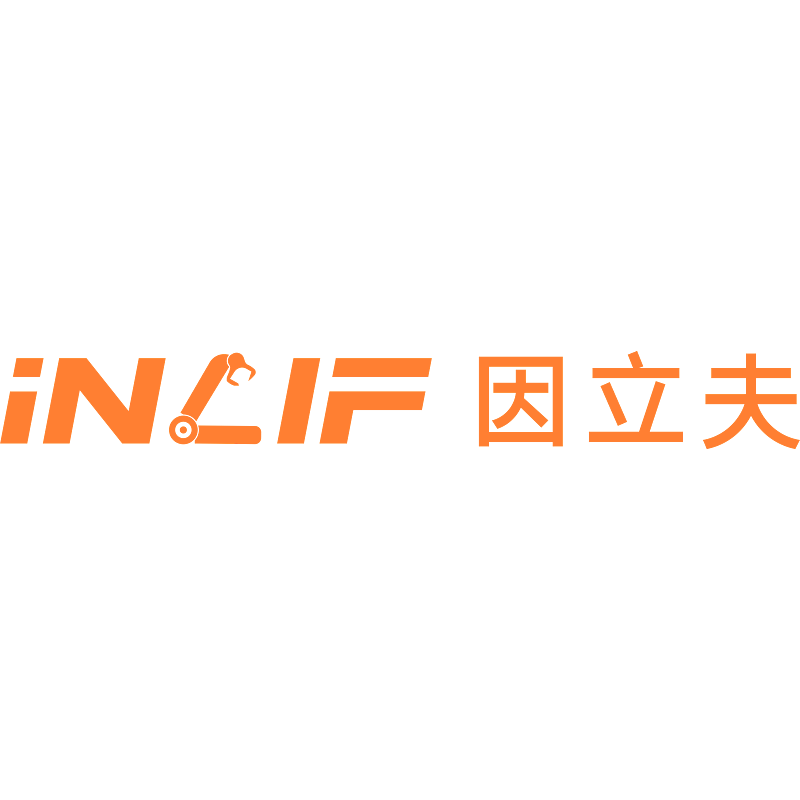
China's INLIF Robotics Expansion Signals Automation Surge & Local Economic Boost
INLIF Limited's ambitious expansion in Fujian Province isn't just about building robots. It's a microcosm of China's industrial upgrade, bolstered by 5G tech and local government support – and a sign of rising global competition.
Beyond the Launch: China’s INLIF Robotics Expansion Signals Automation Surge & Local Economic Boost
Quanzhou, China – INLIF Limited (Nasdaq: INLF) has broken ground on the second phase of its digital intelligent manufacturing base in Nan’an City, Fujian Province, a move signaling both the accelerating pace of industrial automation in China and the growing competitiveness of its robotics sector. The $50 million market cap company's ambitious expansion isn’t merely about increasing production capacity; it represents a strategic investment in 5G-enabled manufacturing, bolstered by strong local government support, and a burgeoning challenge to established global robotics giants.
INLIF, established in 2016, designs, develops, and manufactures injection molding machine-dedicated manipulator arms. While a relatively young player, the company has quickly established itself as a key component in China’s drive towards smarter manufacturing, earning the coveted National High-Tech Enterprise Certificate in both 2019 and 2022 – a designation offering significant tax incentives and affirming national recognition of its innovative approach. The new 14,134 square meter facility is projected to eventually produce up to 10,000 robotic arms annually.
Riding the Automation Wave
The timing of INLIF’s expansion aligns perfectly with China’s broader industrial upgrade. “The country is deeply committed to moving up the value chain,” explains one industry analyst familiar with the region. “Automation is absolutely crucial to achieving that goal, and we’re seeing massive investment in robotics and smart manufacturing technologies across the board.” The Chinese government’s “Made in China 2025” initiative, while facing international scrutiny, highlights this commitment and underscores the importance of domestic robotics capabilities.
This push for automation isn't simply about replacing human labor; it's about improving efficiency, quality, and precision, particularly in sectors like automotive, electronics, and consumer goods. “Companies are realizing that automation isn’t just a cost-saving measure; it’s a competitive imperative,” says a supply chain manager working with manufacturers in the region. “They need to be able to produce high-quality products at scale to compete in the global market.”
5G: The Connectivity Backbone
A key differentiating factor in INLIF’s expansion is its emphasis on 5G integration. The company intends to leverage the ultra-fast speeds, low latency, and massive connectivity of 5G to create a truly intelligent manufacturing environment. This will enable real-time data analytics, predictive maintenance, and remote control of robotic systems, optimizing production processes and minimizing downtime.
“The promise of 5G in manufacturing is enormous,” explains a telecommunications engineer familiar with the project. “It’s not just about faster data transfer; it’s about creating a fully connected factory floor where every device and system can communicate with each other in real-time.” While specific technology partners haven’t been publicly disclosed, sources indicate INLIF is exploring collaborations with leading 5G infrastructure providers to build a robust and reliable network within the new facility.
Local Impact & Government Support
Beyond the technological advancements, INLIF’s expansion is expected to have a significant positive impact on the local economy of Nan’an City. The project will create numerous jobs, attract investment, and stimulate growth in related industries. The local government has been a strong supporter of the project, providing infrastructure support, tax incentives, and streamlined permitting processes.
“The government sees INLIF as a model for attracting high-tech investment and driving economic development,” says a local government official. “They’re committed to creating a favorable business environment for companies like INLIF to thrive.” This collaborative relationship between the company and the local government is a crucial factor in the success of the project.
Competition Heats Up
While INLIF is poised for growth, it faces fierce competition from established global robotics giants like ABB, Fanuc, and KUKA, as well as domestic players like Efort Intelligent Equipment. These companies have significant resources, established brands, and extensive global networks.
“INLIF is a relatively small player, but they’re nimble and innovative,” explains an industry analyst. “They’re focusing on specific niche markets and leveraging their cost advantages to compete effectively.” The company’s strategy is to offer high-quality robotic arms at competitive prices, targeting customers who are looking for cost-effective automation solutions.
“We're seeing a shift in the robotics landscape,” says a supply chain manager. “Chinese companies are no longer just imitators; they’re becoming innovators.” While the competitive pressures are intense, the rise of companies like INLIF is driving innovation and lowering prices, benefiting customers and accelerating the adoption of automation technologies.
Looking Ahead
INLIF’s expansion is a microcosm of the broader trends shaping the future of manufacturing. The company’s commitment to innovation, coupled with strong government support and a growing domestic market, positions it for continued growth and success. While the road ahead will be challenging, INLIF is well-positioned to capitalize on the opportunities presented by the accelerating pace of automation and the increasing demand for intelligent manufacturing solutions. The completion of the second phase of the manufacturing base, expected in approximately 12-18 months, will be a key milestone, signaling INLIF’s emergence as a significant player in the global robotics market.
